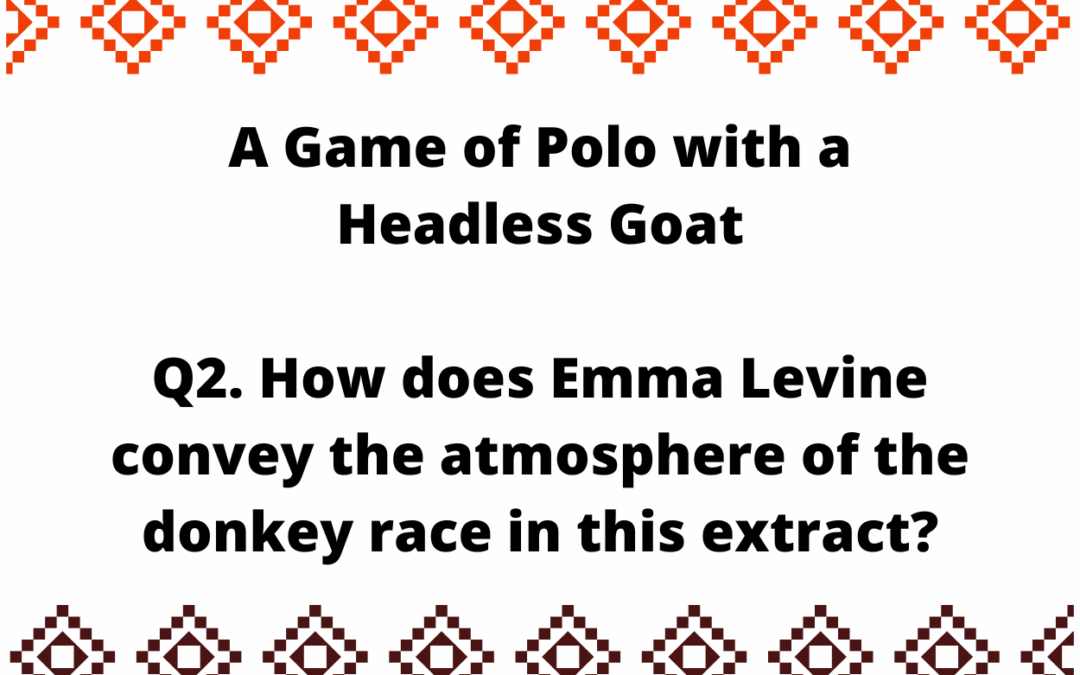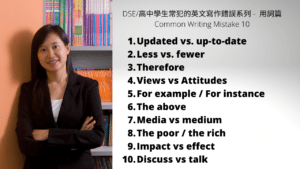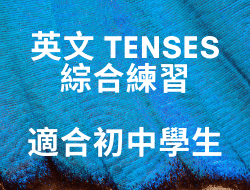Edexcel English IGCSE: A Game of Polo with a Headless Goat by Emma Levine
Q2. How does Emma Levine convey the atmosphere of the donkey race in this extract?
Edexcel English IGCSE Model Essay by an Expert
In this extract from ‘A Game of Polo with a Headless Goat’, Levine portrays the excitement and madness of the donkey race using a variety of language techniques.
After the build-up of tension in the beginning of the passage, the arrival of the donkeys and their entourage is thrilling and overwhelming. Levine appeals to the reader’s senses to portray the exciting atmosphere of the scene. For example, the donkeys arrive in a “cloud of fumes and dust”: an image that adds visual drama for the reader. In this climactic description, Levine also captures the noisiness of the scene. The vehicles are “roaring”, and this personification suggests that even the cars cannot remain quiet in this excitement, like the people who “cheered and shouted”. Onomatopoeia is also used to create a vivid experience for the reader: “horns tooting, bells ringing, and the special rattles”. The description of the scene comprises long, complex sentences. For example, the sentence beginning “Men standing on top…” contains an unusually high number of short clauses. This sounds disjointed, which creates a sense of breathless excitement and also reflects the chaotic disorder of the event.
Levine portrays the bizarre nature of the event, including the chaotic character of a sports event which we expect to be well-organised. The scale of the race is large and impressive, and Levine uses size contrasts to capture the strange nature of the scene: for example, the donkeys are “dwarfed by their entourage”. This hyperbolic language captures how the hype surrounding the race is almost more exciting than the race itself. Levine also uses metaphors relating to more familiar cultures to help the reader understand the chaos. The metaphors “Formula One without rules” and “city-centre rush hour gone anarchic” use familiar scenes which are generally quite chaotic in nature but framed by rules and social norms; by describing the donkey race in these terms, Levine implies that it is unimaginably chaotic. The description of the chase adopts an extended metaphor of hunting animals, which emphasises the primal wildness of the atmosphere. The common phrase “survival of the fittest” evokes images of a dangerous hunt, and the descriptions of the speed and agility of Yaqoob’s car could also be used for an animal. The “effective horn” of the car could be interpreted as a pun on animal horns, since both types of horn encourage others to move out of the way. This extended metaphor makes the event sound wild and even dangerous.
Towards the end of the passage, the atmosphere changes from excited to troublesome, as people argue about the outcome of the race. At this change of atmosphere, Levine leaves, and the over-riding impression that the reader has of the race is one of thrilling chaos.




